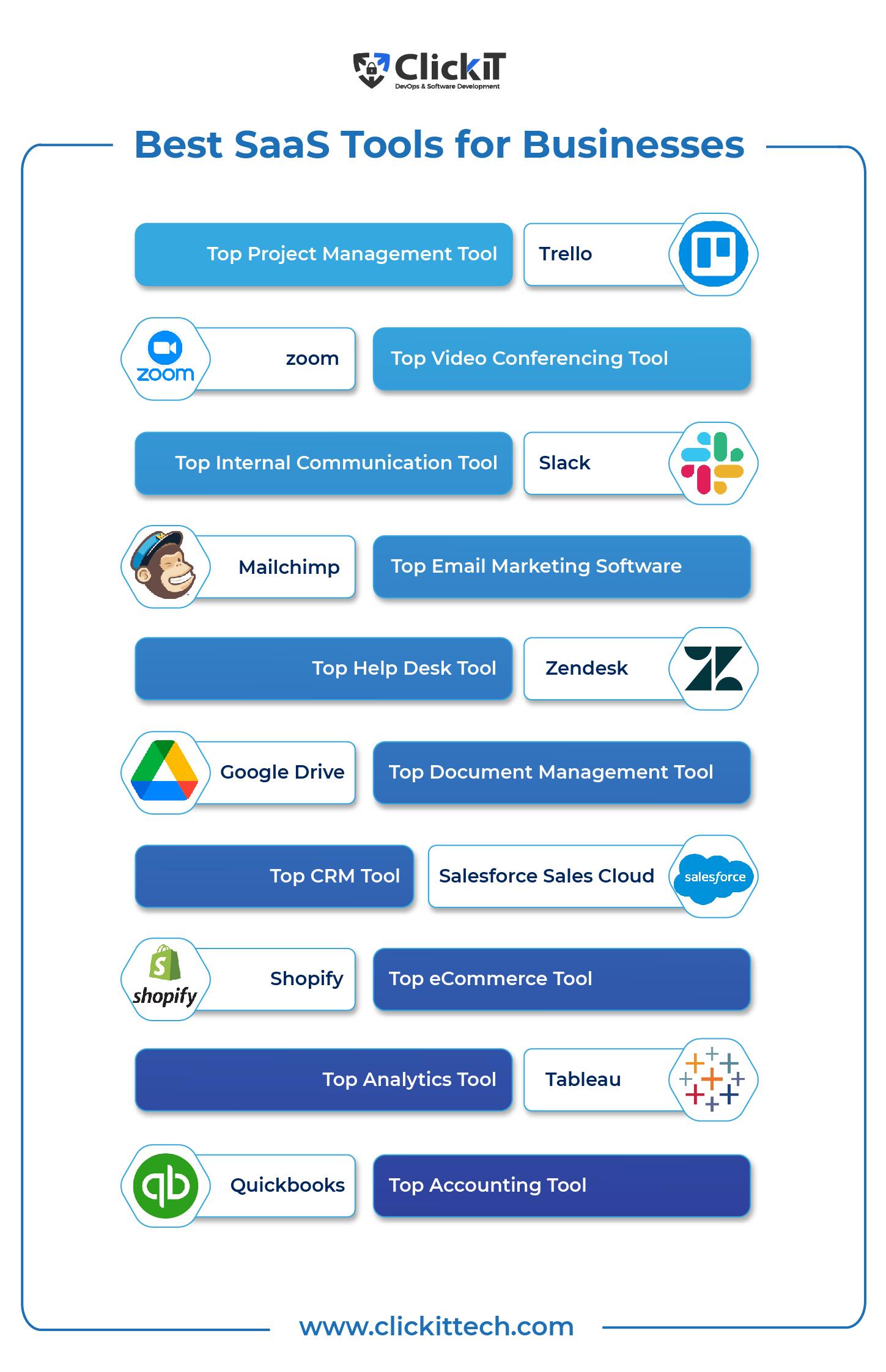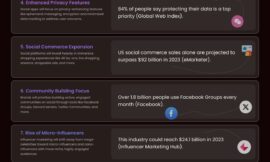In today’s fast-paced digital landscape, businesses are constantly seeking ways to stay agile, efficient, and competitive. Enter Software as a Service (SaaS) — a cloud-based solution that has revolutionized the way companies operate. From start-ups to large enterprises, SaaS tools offer a flexible and scalable approach to managing everything from customer relationships to project workflows. This article explores the many benefits of integrating SaaS tools into your business, shedding light on why this modern technology has become an essential ingredient for success in the ever-evolving marketplace.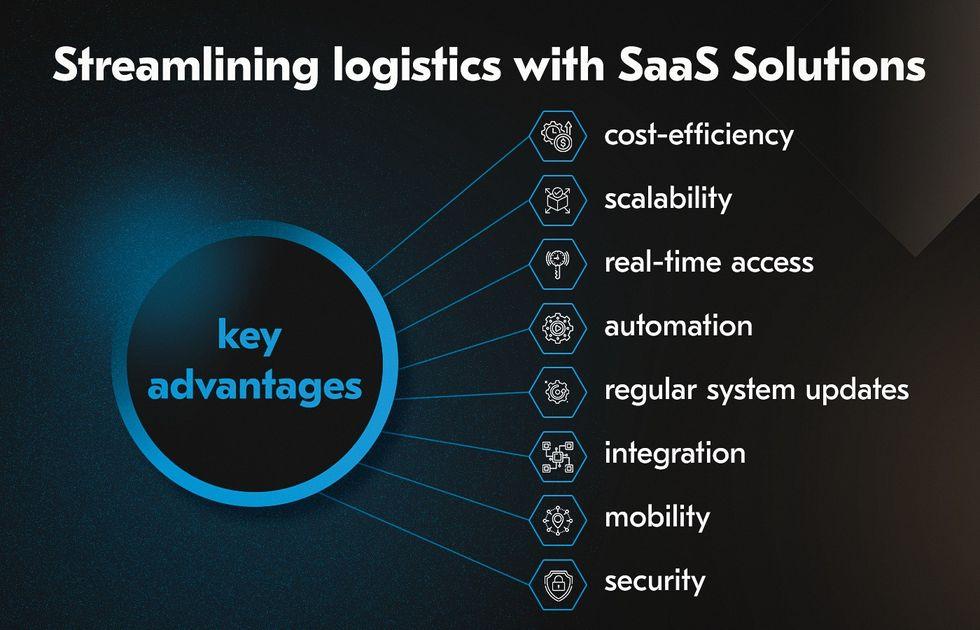
Understanding the Cost Efficiency of SaaS Solutions
One of the primary reasons businesses are gravitating towards SaaS solutions is the remarkable cost efficiency they offer. Instead of large upfront investments required for traditional software purchases and infrastructure, SaaS models operate on predictable subscription fees. This shift allows companies to allocate budgets more effectively, paying only for the services they actually use.
Moreover, SaaS eliminates many hidden costs associated with on-premise software, such as maintenance fees, frequent update installations, and hardware upgrades. Updates and security patches are automatically managed by the service provider, substantially reducing the need for in-house IT resources. This not only lowers direct costs but also frees teams to focus on growth-oriented activities.
| Cost Component | Traditional Software | SaaS Solution |
|---|---|---|
| Upfront Licensing | High | Low or None |
| Hardware Infrastructure | Required | Managed by Provider |
| Maintenance & support | Variable, Often High | Included in Subscription |
| Scalability Costs | Expensive and slow | Flexible and Affordable |
Adaptability in scaling is another crucial advantage. Instead of being locked into a fixed license count or server capacity, many SaaS products allow businesses to easily increase or decrease usage based on demand. This adaptability minimizes wasted spending during slower periods and optimizes costs during growth phases.
- Gartner frequently highlights the financial benefits of adopting cloud-based software.
- Forbes explores real-world business success stories leveraging SaaS for profitability.
- McKinsey & Company provides insights on digital transformation impacts on operational costs.

Enhancing Collaboration and Accessibility across Teams
One of the standout advantages of SaaS solutions is their ability to bridge gaps between remote and in-house teams, fostering seamless collaboration irrespective of geographic boundaries. Thes platforms provide centralized workspaces were team members can together contribute, edit, and share ideas in real time. This fluid environment not only minimizes miscommunication but also accelerates project timelines by ensuring that all stakeholders have instant access to the latest updates and resources.
Moreover, SaaS tools emphasize accessibility, empowering users to connect from virtually any device with an internet connection. Whether on a laptop during a virtual meeting or a smartphone on the go, employees can stay synchronized without interruption. This level of availability supports diverse workstyles and promotes inclusivity,as team members with varying schedules and time zones can collaborate effectively.Features such as role-based permissions and customizable dashboards further enhance productivity by tailoring access to individual needs.
- Cloud storage: Centralizes documents to avoid version control issues.
- Integrated communication: Chat, video, and task management combined.
- Cross-device synchronization: Access projects anywhere, anytime.
| Feature | Benefit | Example tool |
|---|---|---|
| Real-time Editing | reduces feedback loops | google Docs |
| Permission Controls | Protects sensitive facts | jira |
| Mobile Access | Enables work beyond the office | Slack |
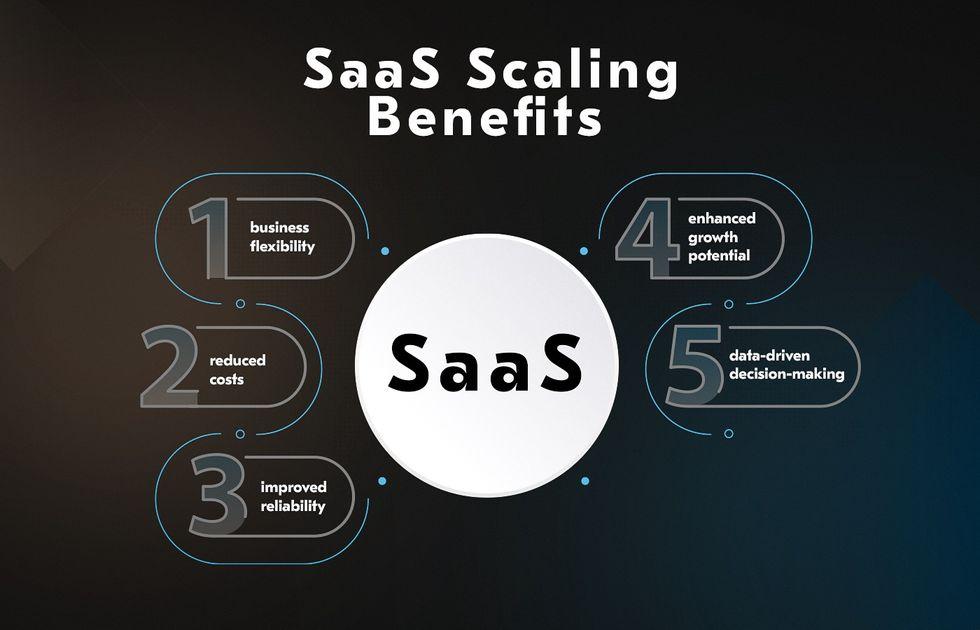
Scalability and Flexibility Tailored to business growth
one of the most compelling advantages of adopting SaaS solutions lies in their inherent ability to grow alongside your business.Unlike traditional software, which frequently enough demands costly upgrades and cumbersome migrations, SaaS platforms offer seamless scalability that adapts to fluctuating demands. Whether you are onboarding new employees, expanding your product line, or entering new markets, SaaS tools can be adjusted quickly and efficiently—frequently enough with just a few clicks.
Flexibility is not limited to user numbers or data capacity alone. Many SaaS providers allow extensive customization through modular features and integrations, enabling businesses to tailor the software to unique workflows and industry requirements. This adaptability ensures that your investment remains relevant and impactful,regardless of how your operational landscape evolves over time.
Consider the following key scalability benefits that position SaaS as a future-proof solution:
- On-demand resource allocation: Pay only for what you use, with the ability to upscale instantly.
- Cloud-based infrastructure: Eliminates the need for physical hardware upgrades or maintenance.
- Rapid deployment: New features and updates are automatically rolled out, minimizing downtime.
| Scalability Aspect | Traditional Software | SaaS tools |
|---|---|---|
| Upgrade Frequency | Annual or bi-annual, manual | Continuous, automatic updates |
| Cost Structure | High upfront investment | Subscription-based, pay-as-you-go |
| Customization | Limited and rigid | Highly flexible and integrative |
For a deeper understanding of cloud scalability, Gartner’s expert glossary provides comprehensive insights. Leveraging the flexibility of SaaS and its cloud-driven architecture positions your business to respond nimbly to shifting market conditions without disruptive IT overhauls.
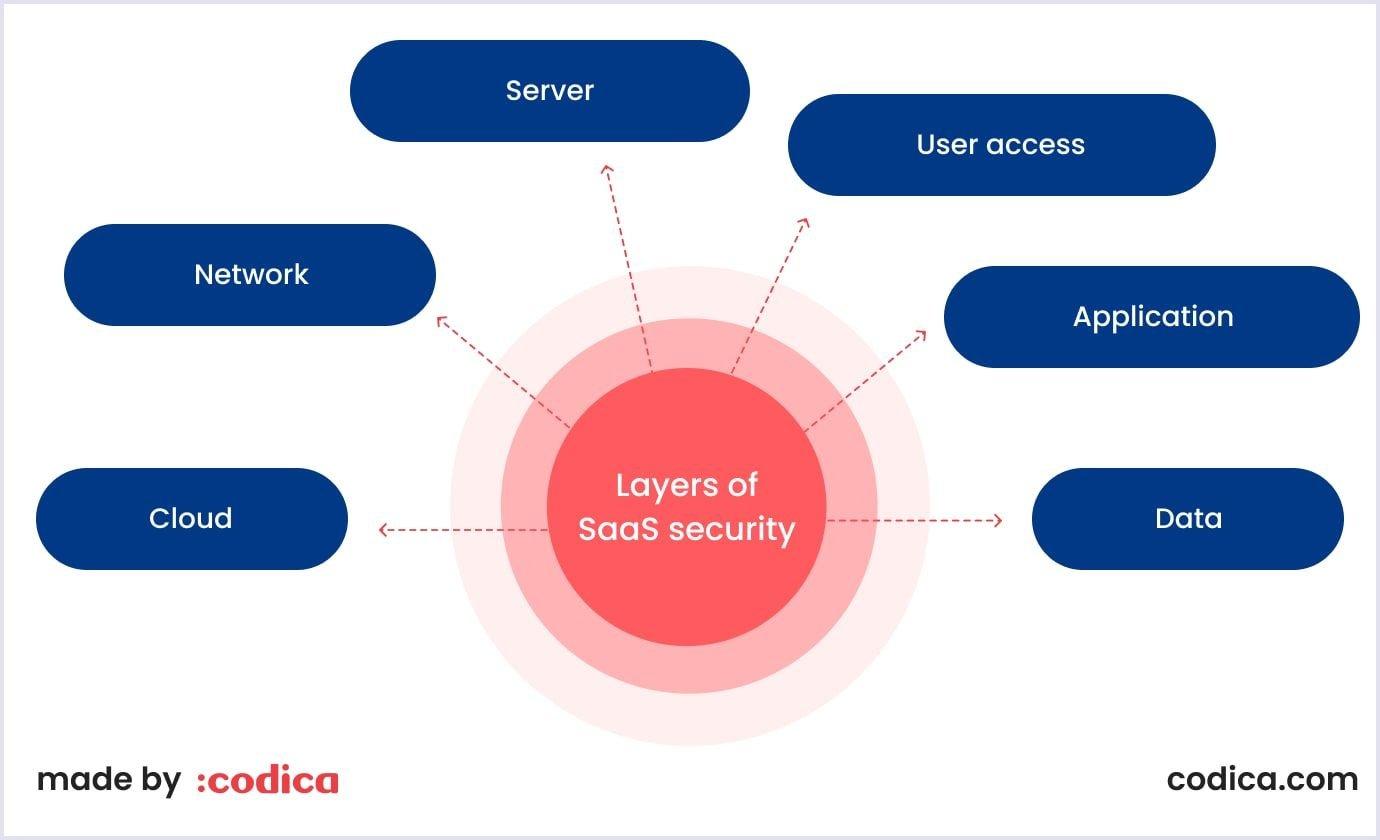
Ensuring data Security and Compliance in the cloud
Protecting your sensitive information in a cloud environment requires more than just basic encryption—it demands a comprehensive approach that integrates robust security protocols with strict regulatory adherence. Leading SaaS providers invest heavily in advanced technologies such as multi-factor authentication, end-to-end encryption, and continuous monitoring, ensuring your data remains impervious to unauthorized access. Moreover, compliance certifications like ISO 27001 and GDPR attest to the provider’s commitment to maintaining rigorous standards, giving businesses peace of mind.
To help visualize compliance responsibilities and security controls, here is a simple breakdown:
| Security aspect | obligation | Typical SaaS Offering |
|---|---|---|
| Data Encryption | Provider | At-rest and in-transit encryption |
| User Access Management | Business | Role-based access controls |
| Regulatory Auditing | Provider & Business | Automated compliance reports |
understanding this shared responsibility model allows companies to confidently embrace cloud solutions while ensuring they meet internal policies and external mandates. By partnering with trusted providers and staying vigilant, businesses can maximize the benefits of SaaS without compromising on security or compliance — essential pillars for lasting growth in today’s data-driven economy.
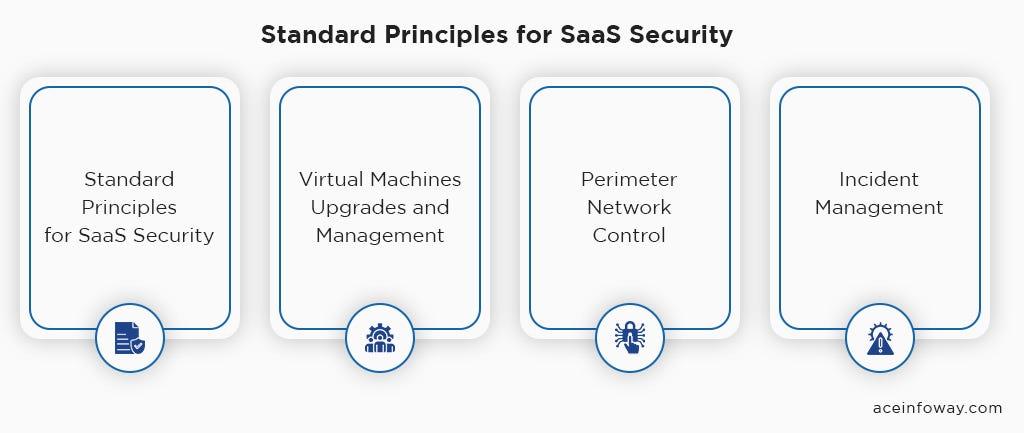
Choosing the Right SaaS Tools for Your Industry Needs
Identifying the ideal software-as-a-service (SaaS) tools for your sector necessitates a deep understanding of your business objectives and operational challenges. Not every tool suits every industry; therefore, evaluating options based on features that directly address your unique demands ensures maximum efficiency. For example, CRM systems with advanced automation might benefit sales-driven industries, while collaborative platforms emphasizing project management suit creative agencies. Prioritize solutions that offer scalability, security, and integrations with your existing tech stack to enhance workflow harmony.
When narrowing down possibilities, consider the following criteria to streamline your decision-making:
- Customization: Does the tool allow tailoring to niche needs?
- User Experience: Is the interface intuitive for your team?
- Support & Training: What onboarding resources are available?
- Analytics & Reporting: Can you extract actionable insights easily?
| Industry | Top Tool Features | Key Benefit |
|---|---|---|
| Healthcare | HIPAA compliance, secure data storage | Ensures patient confidentiality and trust |
| Retail | Inventory management, omni-channel integration | Simplifies stock tracking and boosts sales channels |
| Education | Virtual classrooms, assessment tools | Facilitates remote learning and engagement |
To deepen your research and explore comprehensive SaaS evaluations, reputable platforms like G2 and Capterra provide extensive user reviews. furthermore, staying updated through industry insights on TechCrunch can help anticipate emerging trends and innovations relevant to your field.
To Wrap It Up
In a business landscape that’s constantly evolving, SaaS tools emerge as versatile allies—offering flexibility, scalability, and efficiency without the usual overhead. Embracing these cloud-powered solutions can free your team to focus on what truly matters: innovation and growth. As you navigate the digital age, integrating SaaS into your workflow isn’t just a smart move; it’s an invitation to reimagine what your business can achieve. The future is software-ready—are you?


